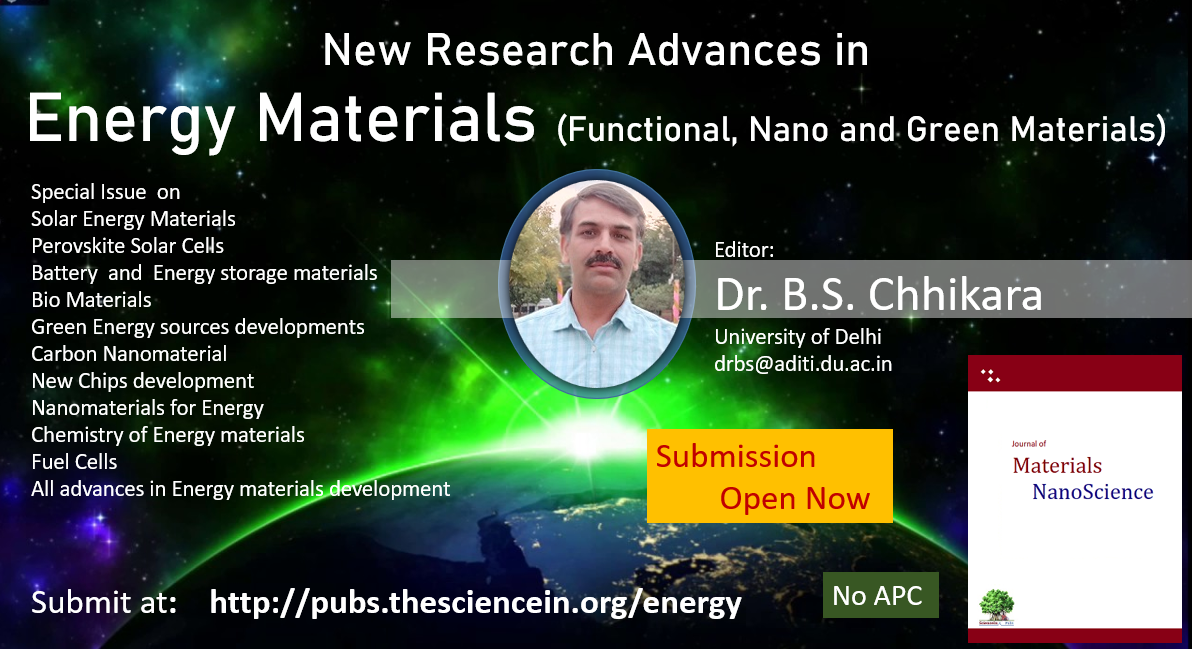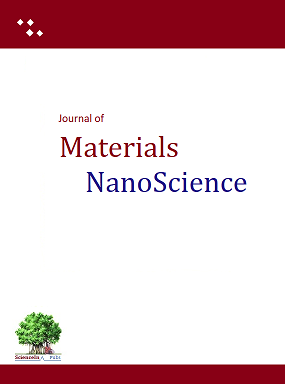Pervasive computing, also known as ubiquitous computing, refers to the integration of computational capabilities into everyday objects and environments, enabling seamless interaction between people and technology. This concept envisions a world where computing devices are embedded in various forms – ranging from household items and wearable gadgets to urban infrastructure – creating an interconnected environment that enhances the efficiency, convenience, and intelligence of our daily activities. By making technology invisible and intuitive, pervasive computing aims to create a user experience that is both immersive and natural, allowing individuals to interact with digital systems without being consciously aware of the underlying technology. As it continues to evolve, pervasive computing holds the potential to transform industries, improve quality of life, and redefine how we engage with the world around us.
This special issue is meant to cover the research in Pervasive computing focusing on the following sub-disciplines:
- Signal and Image Processing
- Embedded System and VLSI Design
- Soft Computing and Computer Vision
- Big Data and Cloud Computing
- Internet of Things
- Wireless Communication System
- Network and Information Security
- Electric and Hybrid Vehicles
- Power Electronics and Electronic Devices
- Robotics and Autonomous Vehicles
- Block Chain and Distributed Ledger Security
- Industrial Automation
- Multidisciplinary Aspects of Engineering
Guest Editors
Dr. Supriya O. Rajankar
Professor
Electronics and Telecommunication Department
Sinhgad College of Engineering, Pune. India
Dr. Omprakash S. Rajankar
Professor
Electronics and Telecommunication Department
Dhole Patil College of Engineering, Pune. India
Dr. Vrushali G. Rout
Associate Professor
Electronics and Telecommunication Department
Sinhgad College of Engineering, Pune. India
Dates schedule
Last date for submission: April 20, 2024
Publication of issue by: October 1, 2024
Invitation
Scholars working in the field are invited to submit their work for consideration in the special issue. The participant of the National Conference on Pervasive Computing (NCPC)-2024 (April 05, 2024 ) Organized by Department of Electronics and Telecommunication Engineering, Sinhgad College of Engineering, Pune, India are encouraged to submit their work for consideration. All submissions will undergo peer-review and only articles recommended by independent reviewers will be considered for publication processing.
Submissions
Authors need to submit their work to the guest editors for preliminary screening, and approved articles need to be submitted on journal site.
Participating Journal
Journal of Integrated Science and Technology https://pubs.thesciencein.org/journal/index.php/jist/index
Published Issue Articles
The articles published in the special issue are available at the journal site at https://pubs.thesciencein.org/journal/index.php/jist/issue/view/99

